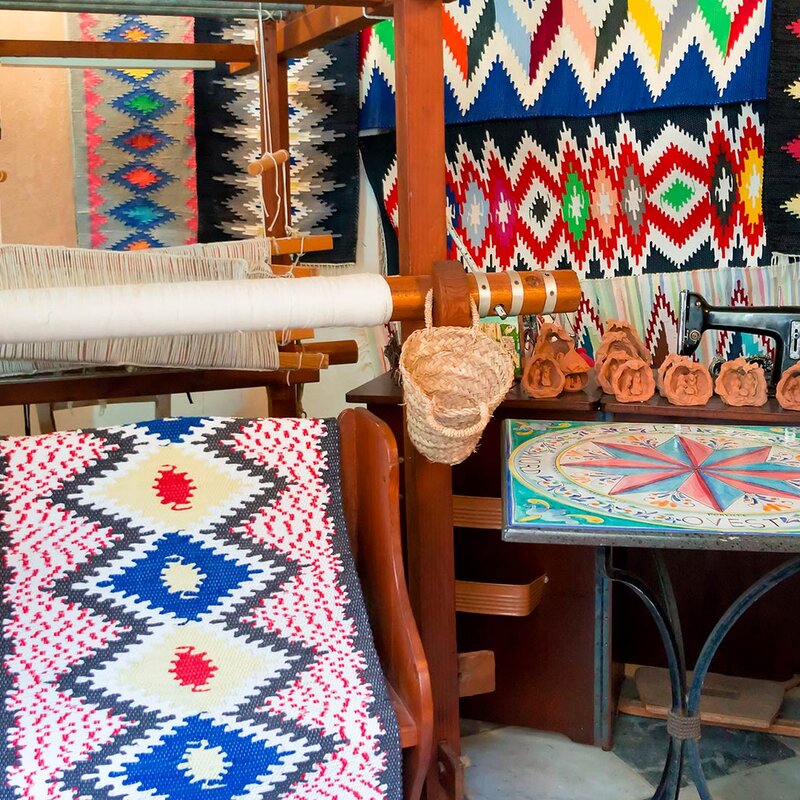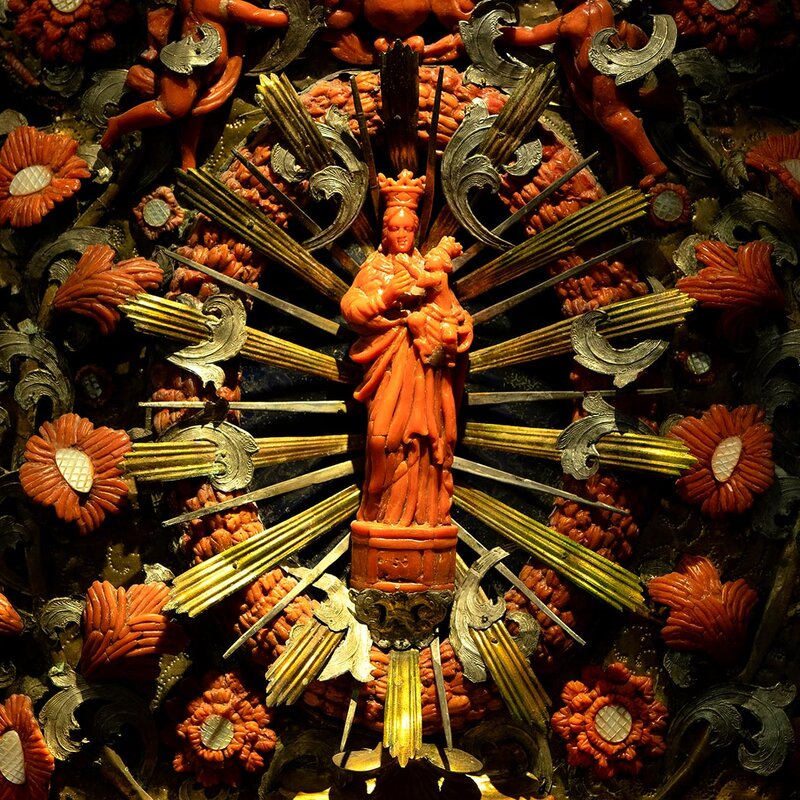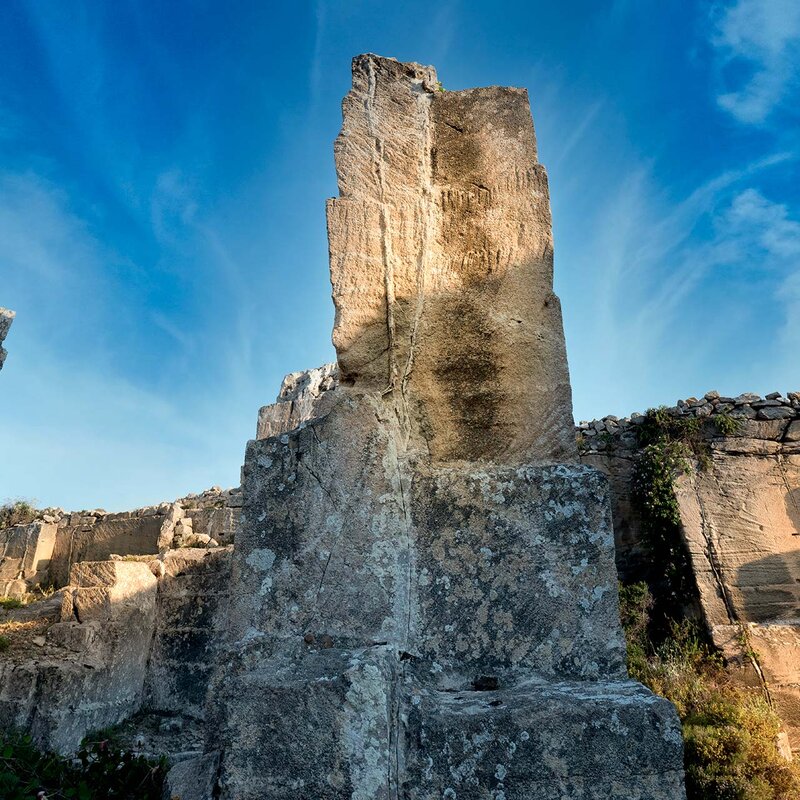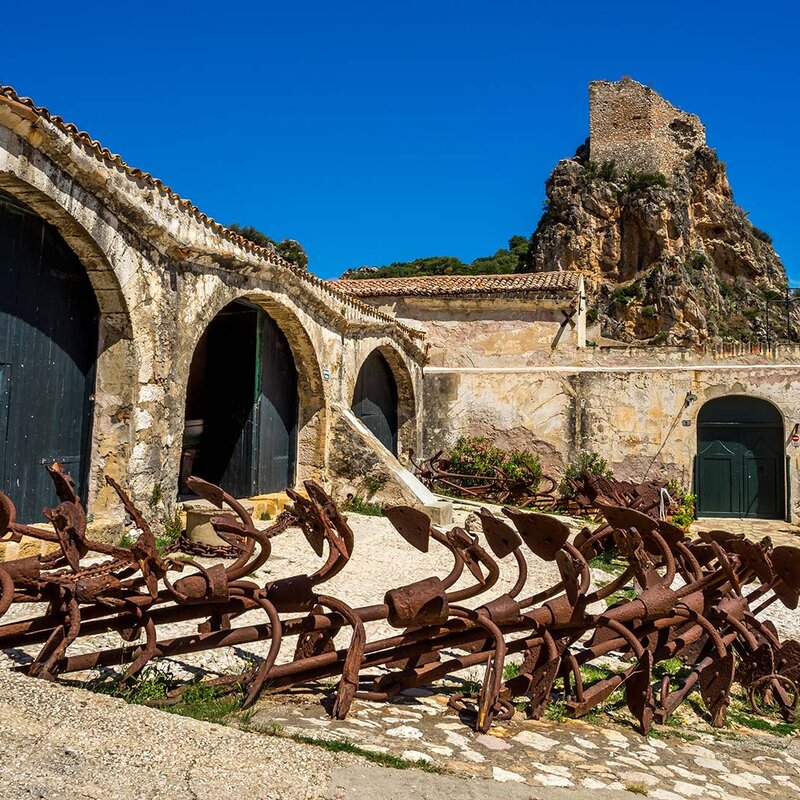The rhythm that surges
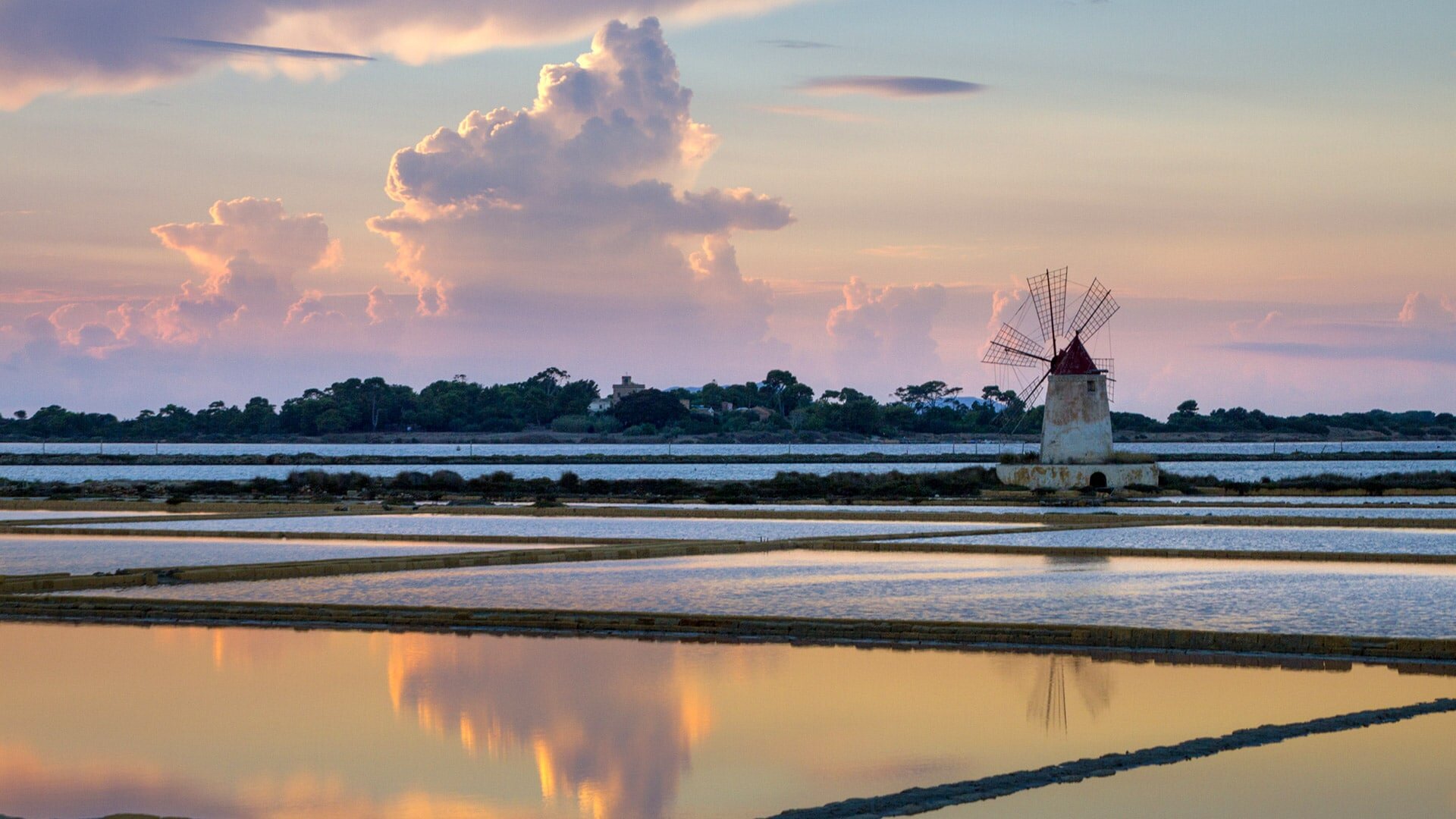
In the metaphysical expanse of the salt pans – traditional production sites that have remained almost unchanged for thousands of years – during the months of salt harvesting, a rhythm beats time: the songs of the salt workers.
Traditionally, the salt harvest took place at the end of the salt-panning process, between May and September, when the salt workers carried out the rumpitina – the breaking of the salt crust – and the ammunzeddatina or arrunzatina – the gathering of the salt into small heaps. Watching these processes being carried out and the repetition of these gestures that have been passed down from generation to generation gives you a real sense of the essence of this place.
The yield was calculated in “salme”, an ancient unit of measurement for quantifying salt: it originally corresponded to 24 baskets, and later to 12 wheelbarrows, when these were introduced. One salma is equivalent to approximately 500 kg.
The counting of each basket, to ensure that everyone would listen without making assertions, was articulated in a chant that the signatory sang aloud; hence the evocative song of the salt workers…
This song set the rhythm for the counting of the baskets of salt (the cartedde), which were loaded onto the carts for transport.
Even today, at the beginning of summer, it is still possible to admire this ancient craft and be transported back to the world of Antonino Leto’s painting Saline di Trapani (c. 1881) and, in conjunction with a number of cultural events, to listen to this ancestral rhythm in a unique setting.
